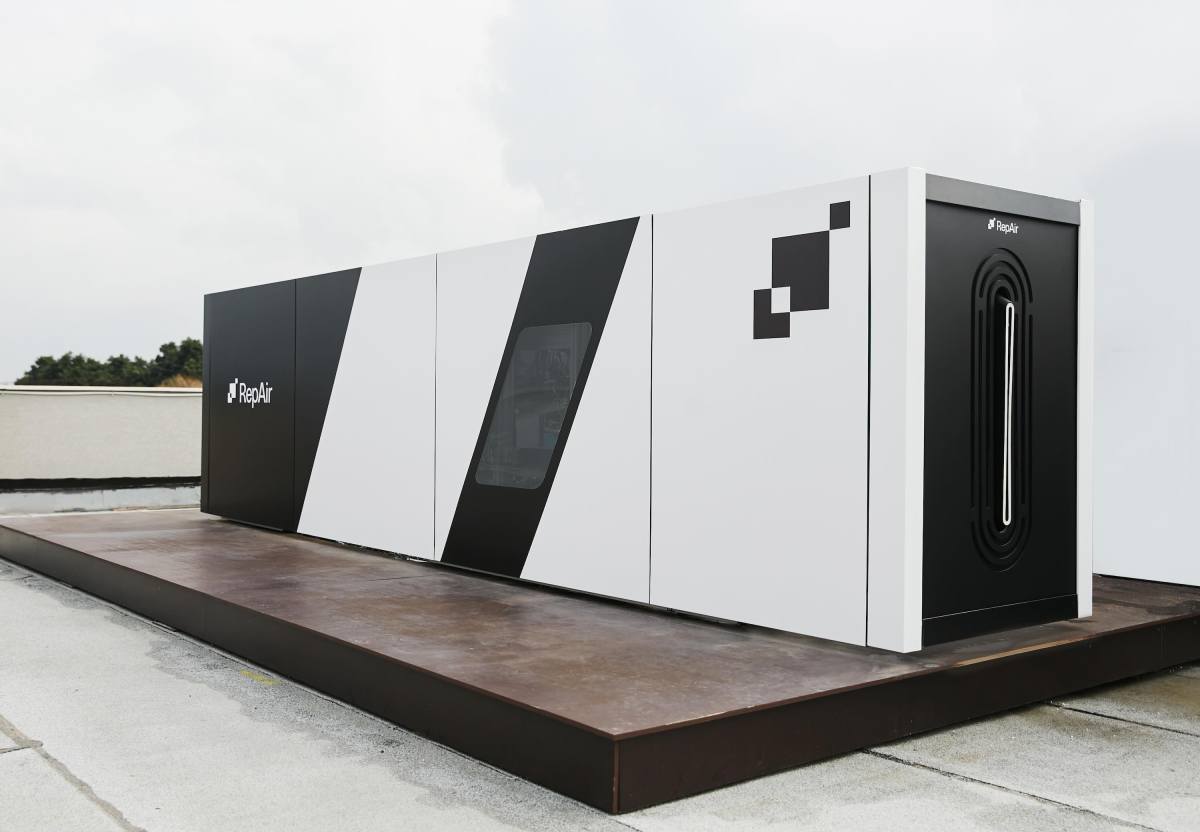In the span of a decade, direct air capture technology that draws CO2 out of the atmosphere has gone from wildly expensive to somewhat expensive. Companies like Microsoft, which set a target to eliminate its emissions by 2030, is happy to pay more to get the ball rolling. But smaller companies would still balk at the prices.
A startup may have an answer, one that’s been inspired by batteries. RepAir Carbon is developing a new form of carbon capture the company says could drive the cost down as low as $70 to $80 per metric ton of carbon removed. That’s a significantly lower price than other approaches, which experts estimate cost around $600 per metric ton.
RepAir recently raised a $15 million extension to its Series A, the company exclusive told TechCrunch. The round was led by Exantia Capital and Taranis Carbon Ventures with participation from Ormat Technologies and Repsol. The Israeli Innovation Authority also contributed a $3 million grant.
The potential cost advantage comes from the way RepAir uses electricity to capture carbon. Most companies rely on a solvent to remove CO2 that must be heated to release the gas so it can be transported and stored. RepAir, on the other hand, uses electricity to drive the chemical reaction.
The device is “more like a fuel cell, but operated more like a battery,” co-founder and CEO Amir Shiner told TechCrunch.
Inside, two electrodes are separated by a membrane. As air or flue gas is drawn into the reaction chamber, it encounters a nickel-based electrode with a current running through it. There, hydroxide is waiting to attract carbon dioxide, converting it into carbonate and bicarbonate ions with negative electrical charges. These then pass through the porous electrode and separator, attracted to the other electrode’s positive charge.
When the ions hit the positive electrode, they revert back to CO2 and hydroxide. The CO2 is then drawn off to be stored while the hydroxide builds up until there’s enough that the reactor can be reversed and the process repeated in the other direction.
Compared with other carbon capture technologies, RepAir’s reversibility could give it an edge.
Other capture devices typically need time to heat the solvent to release CO2, a process known as regeneration, and that downtime requires more modules to capture a given amount of carbon.
“We regenerate while working,” Shiner said.
Each of RepAir’s reaction chambers are filled with multiple stacks of anode-separator combos, and the company can apply varying amounts of electricity to ensure they’re operating at peak performance.
Shiner said the technology works to capture carbon from the atmosphere and from exhaust streams from power plants and the like. RepAir is currently in talks with developers to add its technology to gas turbines to help eliminate carbon emissions from data centers.
“It’s early, but it’s something we’re working on and we have strong interest coming from that specific area,” he said.




